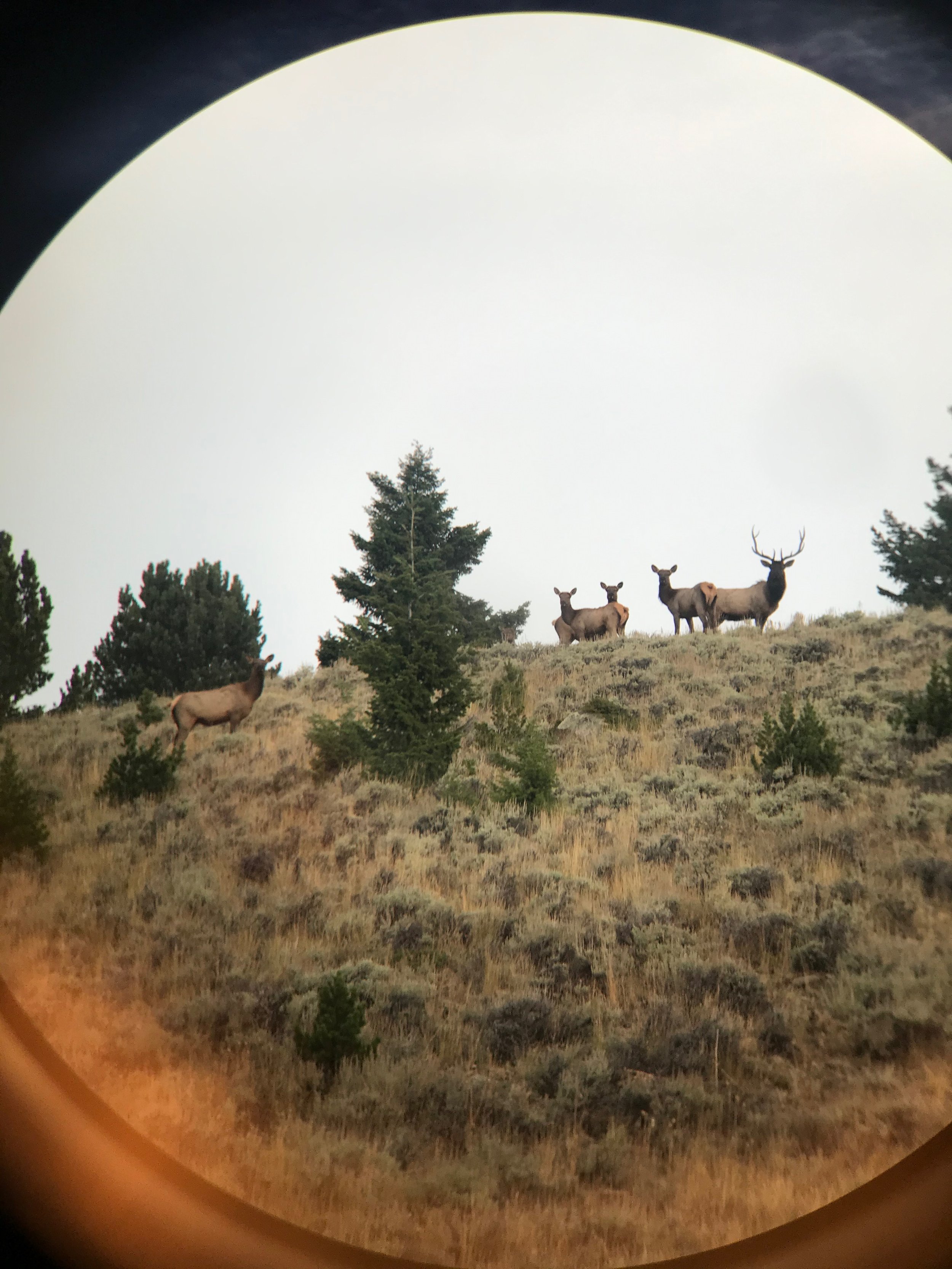By Alex Comstock
Hunting mature bucks takes a great deal of work. For those people who don't hunt and just see pictures of people sitting behind a giant buck during the fall, it might even seem easy. Except, we all know it isn't easy, not one bit. There is a story behind every buck, and for every bow kill, there is a lot of year round work that goes into it. It can range from shed hunting, summer scouting, running trail cameras, planting food plots, all the way to your archery equipment.
It can be very easy to overlook how you practice with your archery equipment. Not only do you need to be very comfortable with your bow, but it is paramount that you are comfortable shooting it in conditions that you hunt in. Don't wait until you're finally in a treestand to see how you do, because by then it's too late. Putting in hours and hours all year to set yourself up on a mature buck is worth next to nothing if you have it go to waste when that buck finally gets into range because of a lack of proper preparation with your bow. Practicing how you hunt will make you a more confident shooter no doubt, and will lead to less misses/screw-ups when the moment of truth presents itself.
Note that I am not saying you should do this type of practice every time you shoot, as that is not realistic. Practicing in this way just a few times is all you need to do to become a more efficient and confident shot during the hunting season.
Elevation. Do you routinely hunt from a treestand? Shot angles are much different 20 feet up in a tree, compared to being eye level with a deer. Practicing from a treestand set up in a yard, or a back deck can be a great way to see how you shoot when elevated.
Sitting Position. On the other side of the spectrum from hunting out of a stand is hunting from the ground or in a ground blind. Practicing from a chair, on your knees, or sitting on the ground is great preparation for when doing it for real. There are subtle differences in each position, especially becoming comfortable with your anchor point, as each position requires a different comfort level. If you do hunt out of a ground blind, don't be afraid to take this to the next level and practice shooting out of that blind. You can figure out where you need to sit to be able to draw back without your elbow hitting the blind and that your arrow doesn't clip any part of a window.
Face mask and Hat. Do you normally wear a face mask or a hat/ball cap when you hunt? If you do, take a day and practice wearing your hat how you do when you hunt, along with your face mask. I know many people that use a kisser button, and during a hunt when they draw back on a deer, they can't get that kisser where they're used to because they have never practiced wearing a face mask, and then they are all sorts of messed up. Figure out your anchor point with your face mask before you're sitting in a treestand.
Outer Garments. This one is usually something that gets skipped over. Practice shooting with your outer garments on as you may realize that your string hits part of your arm and you need an arm guard. This is most common with cold weather jackets, or ghillie suits. There isn't much out there that is worse than having a bow string slap you in the forearm, and having an arrow sail high because you never practiced with a certain jacket on.
Gloves. Shoot with your gloves on. There can be differences with your grip, and your release. You may need to lengthen your release, or realize that you don't have to squeeze on your release as hard as you think. The worst thing that can happen is having a premature release of your arrow because you never practiced with your gloves on.
Random Distances. How often do you know exactly how far a deer is when shooting at one? More often than not, you will know the estimated distance. Usually, you will range certain spots or trees at the beginning of a sit, and when a deer that your going to shoot presents itself, things can happen fast. You can replicate this somewhat while practicing, just by shooting from spots you don't normally shoot. Practicing somewhere you know the general distance, but not the exact range can help you gauge how far a shot is when it comes to shooting a deer and not a target.
Deer season is approaching rather quickly, and if you haven't practiced how you hunt at all, now is the time. It will make you a more confident shot this deer season.
Are you ready?











